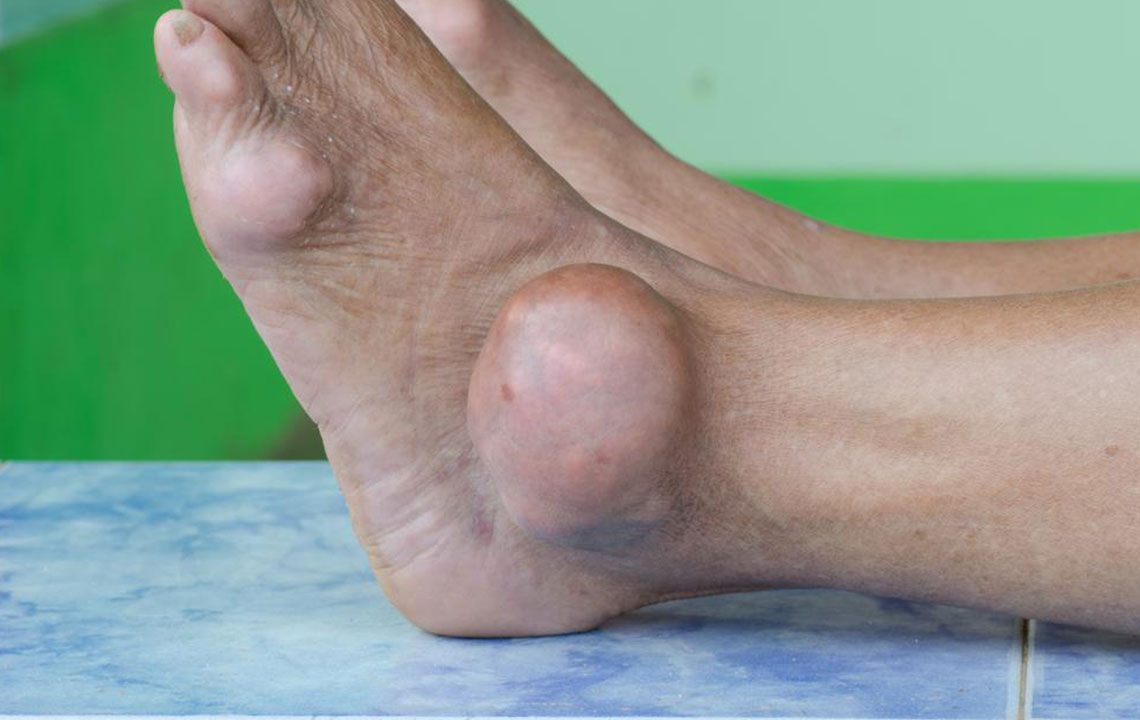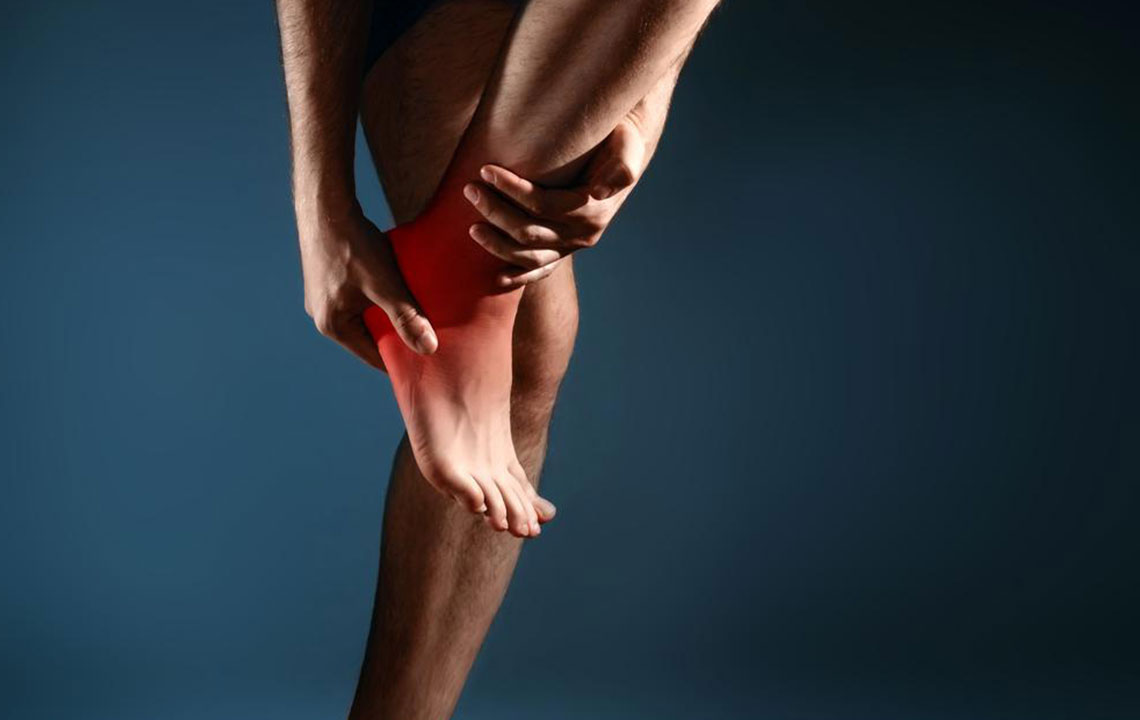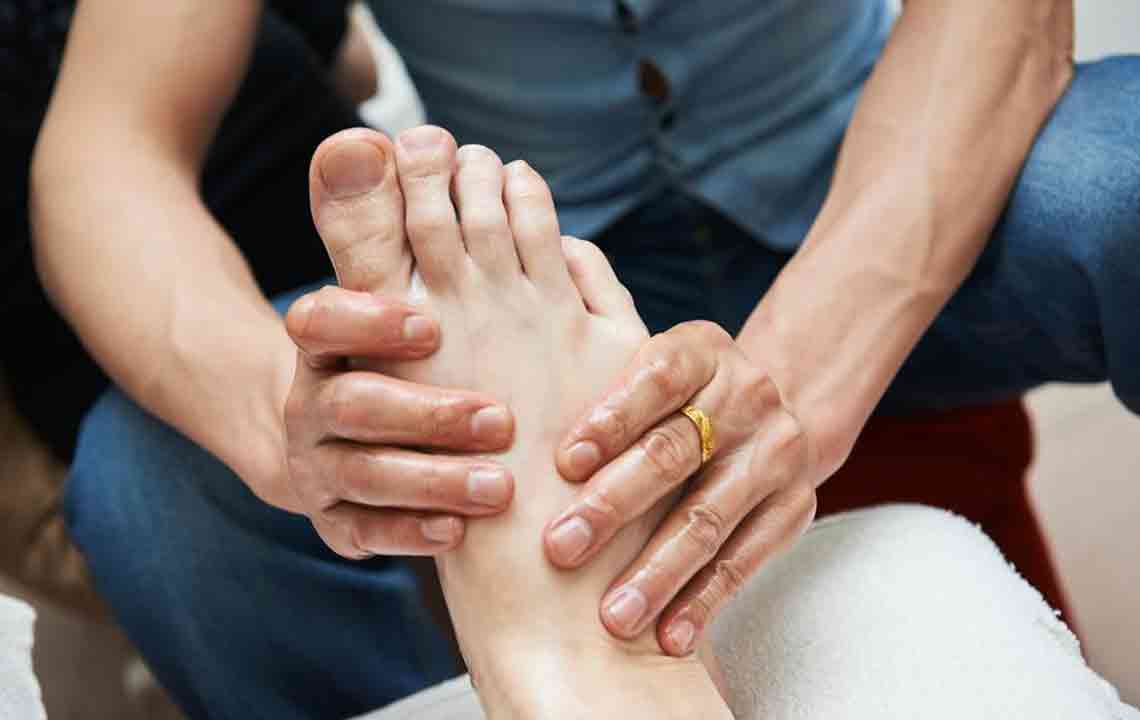Comprehensive Guide to Preventing Gout-Related Foot Discomfort and Foot Pain Management
This comprehensive guide offers effective strategies to prevent gout-related foot discomfort, emphasizing lifestyle changes, diet management, proper footwear, and regular medical monitoring. Adopting these proactive measures can significantly reduce flare-ups and improve foot health, enabling individuals to lead healthier, pain-free lives despite the challenges of gout. Understanding risk factors and implementing preventive steps are crucial for long-term relief and joint preservation.

Proven Strategies to Prevent and Alleviate Gout-Induced Foot Pain
Gout is a complex and painful form of inflammatory arthritis caused by the accumulation of uric acid crystals within the joints, particularly affecting the feet. This condition leads to sudden, intense pain, swelling, redness, and tenderness in the affected area, often making everyday activities difficult and uncomfortable. Although gout can be managed effectively, preventing flare-ups and minimizing foot discomfort require a comprehensive approach involving lifestyle modifications, dietary awareness, and proper footwear choices. Understanding the underlying causes of gout and adopting proactive health measures can significantly improve quality of life for those affected.
Understanding Gout and Its Impact on Foot Health
Gout develops when uric acid—a natural waste product generated during the breakdown of purines found in certain foods—accumulates in the bloodstream to levels that exceed solubility limits, leading to the formation of needle-like crystals in the joints. The most commonly affected joint is the big toe, but gout can also impact the ankles, knees, wrists, and fingers. The intense episodes of pain are often sudden and may last for days or weeks, with symptoms flaring intermittently. Chronic gout can cause joint damage and deformities, emphasizing the importance of effective prevention and management strategies.
Risk Factors and Triggers for Gout Attacks
Various factors contribute to the risk of developing gout or experiencing recurrent attacks. These include genetic predisposition, obesity, hypertension, a diet high in purine-rich foods, excessive alcohol intake, dehydration, certain medications like diuretics, and metabolic syndromes. Identifying and controlling triggers such as specific dietary choices and lifestyle habits plays a crucial role in preventing flare-ups and reducing foot discomfort.
Important Lifestyle and Dietary Adjustments to Prevent Gout
Adopting a gout-friendly lifestyle involves targeted dietary strategies, regular physical activity, weight management, and avoiding known triggers. Here are detailed recommendations:
Nutrition and Diet Management: Limiting intake of foods high in purines such as organ meats, shellfish, red meats, and certain fish like sardines or anchovies. Reducing alcohol consumption, particularly beer and spirits, helps prevent uric acid buildup. Emphasizing low-purine foods like fruits (cherries, berries), vegetables, whole grains, and low-fat dairy can significantly reduce gout risk.
Weight Control: Maintaining a healthy weight minimizes excess stress on joints and reduces uric acid levels. A gradual, sustainable weight loss plan combined with balanced nutrition can yield long-term benefits.
Hydration and Fluid Intake: Drinking plenty of water helps dilute uric acid in the bloodstream and promotes kidney function, facilitating the excretion of uric acid crystals.
Exercise and Physical Activity: Regular, moderate physical activity strengthens muscles and joints, reduces weight, and boosts overall health. Avoid overexertion or strenuous activities that can lead to joint stress.
Medical Management and Monitoring: Regular check-ups to monitor uric acid levels, adherence to prescribed medications like urate-lowering therapies, and timely management of other health conditions can prevent severe flare-ups.
Role of Proper Footwear in Gout Management
Footwear choices are vital in preventing gout attacks and reducing existing discomfort. Proper shoes can protect vulnerable joints, minimize stress, and prevent triggers. Here are essential tips:
Select Supportive and Comfortable Shoes: Shoes should offer adequate cushioning, arch support, and a snug but not tight fit to avoid unnecessary pressure on the toes and joints. Orthopedic insoles or inserts can enhance support and comfort.
Prioritize Sneakers Over Heels and Boots: High heels increase pressure on the toes, leading to higher chances of gout episodes during prolonged standing or walking. Invest in well-fitted, supportive sneakers especially during active days.
Foot Exercises and Care: Incorporate daily foot stretches, ankle rotations, and gentle strengthening exercises to enhance flexibility and joint stability. Regular foot care routines aid in early detection of issues and maintaining foot health.
Avoid Excessive Stress on Joints: Limit prolonged standing or sitting still for hours. Use cushions or supportive pads when standing for extended periods.
Additional Considerations for Gout Prevention
Beyond footwear and diet, staying vigilant about overall health can contribute to gout prevention:
Regularly monitor uric acid levels through blood tests, especially if you have a history of gout or risk factors.
Consult healthcare professionals for personalized management plans, including medications if necessary.
Manage comorbidities such as high blood pressure and diabetes, which can exacerbate gout symptoms.
Limit strenuous activities during flare-ups to avoid joint stress and further discomfort.
In conclusion, preventing gout attacks and foot pain involves a holistic approach centered around lifestyle modifications, dietary awareness, proper footwear choices, and medical management. Individuals can significantly reduce the frequency and severity of gout episodes by consistently applying these strategies. Educating oneself about the condition and actively engaging in preventive measures can lead to healthier, pain-free feet and an improved quality of life.





